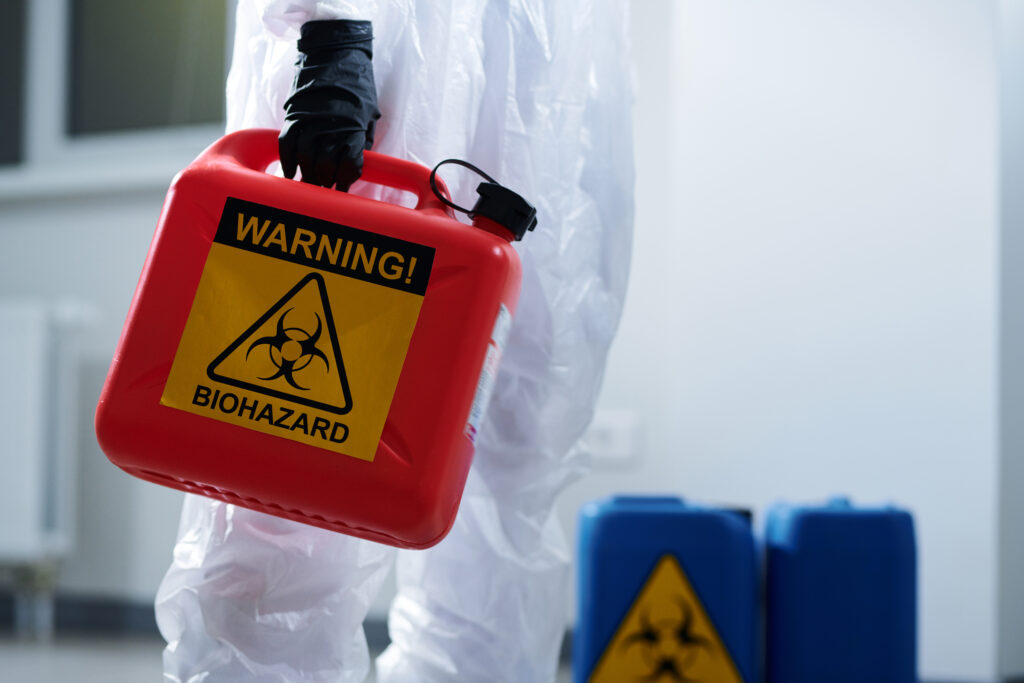The weather is a constantly changing phenomenon, and it is essential for workers to understand how it can affect them in the workplace.
Importance of Safety in the Workplace
Workplace safety is crucial, and workers must take steps to protect themselves from the effects of extreme weather conditions. This toolbox talk will provide information on how to stay safe in changing weather conditions.
Effects of Extreme Weather on the Workplace
Heat
Extreme heat can cause dehydration, heat exhaustion, and heat stroke, among other health problems. It can also impact the productivity and efficiency of workers.
Cold
Extreme cold can cause hypothermia, frostbite, and other health issues. It can also affect the functionality of equipment and tools, making it more difficult for workers to complete their tasks.
Rain
Rain can cause slippery surfaces, making it difficult for workers to maintain their balance. It can also cause flooding, which can impact the functionality of equipment and tools.
Wind
Wind can cause objects to be blown around, making it difficult for workers to complete their tasks. It can also cause damage to structures and equipment, potentially posing a safety hazard to workers.
Protective Gear for Different Weather Conditions
Heat
Wearing light-colored, lightweight clothing and drinking plenty of water can help prevent heat-related illnesses. Workers should also take frequent breaks in a cool, shady area.
Cold
Wearing warm clothing, such as a hat, gloves, and a warm jacket can help prevent hypothermia and frostbite. Workers should also take frequent breaks in a warm area.
Rain
Wearing waterproof clothing and shoes with good traction can help prevent slips and falls. Workers should also avoid standing in puddles of water, as they can be a shock hazard.
Wind
Wearing a hard hat can help protect workers from objects being blown around. Workers should also secure loose items and be aware of any potential hazards, such as fallen branches or flying debris.
How to Stay Safe in Changing Weather Conditions
Stay Informed
Stay informed about the current and forecasted weather conditions. This will allow you to prepare for and adapt to any potential hazards.
Wear Appropriate Gear
Wearing the appropriate gear for the current weather conditions is essential to stay safe on the job. This includes protective gear, such as hard hats, as well as clothing that provides adequate protection from the elements.
Adapt Work Methods
In extreme weather conditions, it may be necessary to adjust work methods to ensure the safety of workers. This may include modifying work schedules, taking more frequent breaks, or using different tools and equipment.
Take Breaks
Taking frequent breaks is essential in extreme weather conditions, as it allows workers to rest, hydrate, and avoid heat exhaustion or hypothermia.
Conclusion
Summary of Key Points
The weather is a constantly changing phenomenon, and it is crucial for workers to understand how it can affect them in the workplace. Workers must take steps to protect themselves from the effects of extreme weather conditions, including staying informed, wearing appropriate gear, adapting work methods, and taking frequent breaks.
Final Thoughts
In conclusion, being prepared for changing weather conditions is essential for workplace safety. By taking the necessary steps, workers can protect themselves from the dangers of extreme weather and continue to work efficiently and effectively.
This is a comprehensive guide for a toolbox talk on changing weather conditions and safety in the workplace. The information provided covers the effects of extreme weather, the protective gear that should be worn, and the steps workers can take to stay safe in changing weather conditions. By following these guidelines, workers can protect themselves from the dangers of extreme weather and maintain a safe and productive workplace.








